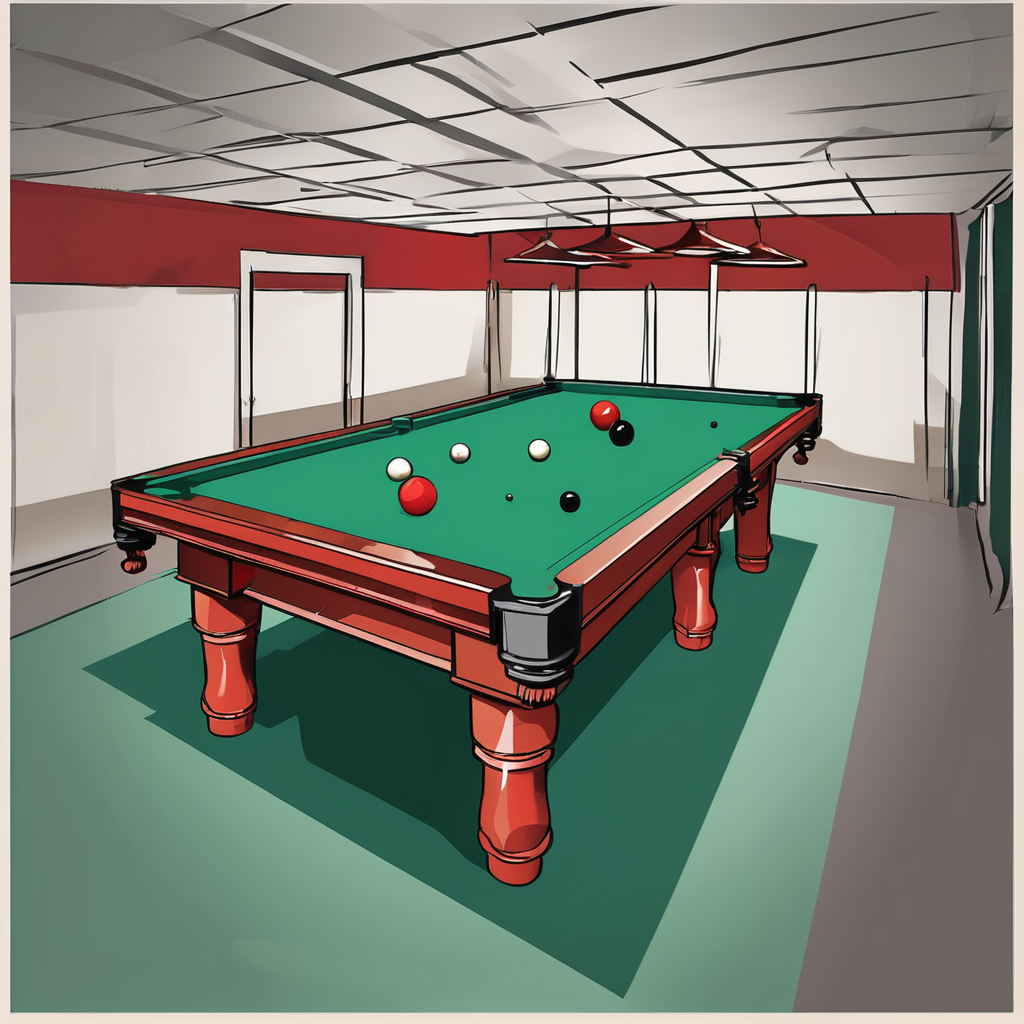Essential Agility Drills for Peak Goalkeeper Performance
Agility drills for soccer goalkeepers are vital for enhancing reaction time, coordination, and overall on-field effectiveness. These drills focus on quick footwork, rapid direction changes, and explosive movements that are essential during game situations. Goalkeeper training that incorporates agility drills develops not only physical agility but also mental sharpness, helping goalkeepers anticipate and respond to shots more effectively.
Core drills often include lateral shuffles, ladder drills to improve quick stepping, and cone drills that simulate dynamic, game-like motions. Each drill hones different components of agility critical for goalkeepers: balance, speed, and fluidity of movement. Practicing these regularly builds muscle memory, enabling goalkeepers to react instinctively during tense moments.
Also to see : Essential elements in crafting an effective strength training regimen for sprinters: a comprehensive guide
The impact of mastering agility drills is noticeable on match days. Goalkeepers with superior agility perform faster saves, move more confidently across the goalmouth, and recover more quickly after dives or deflections. This enhanced agility contributes directly to peak performance, making these drills an indispensable part of specialized goalkeeper training programs.
Detailed Instructions for Key Goalkeeper Agility Drills
Mastering goalkeeper agility exercises requires a clear step-by-step guide to ensure effectiveness and safety. One staple drill is the ladder drill, designed to improve foot speed and coordination. Begin by placing your feet inside each rung quickly, focusing on a light, controlled pace. Avoid heavy landings to prevent injury and maintain balance throughout.
Also read : Maximize your hiit sessions: crucial breath techniques for peak athletic success
Next, the cone shuffle targets lateral movement, essential for goalkeepers reacting to shots across the goalmouth. Place cones in a zigzag pattern, then shuffle side-to-side swiftly while keeping a low center of gravity to improve balance and reaction time. Common mistakes include crossing feet or standing upright too soon, which reduce agility benefits.
Lastly, the side-to-side jumps cultivate explosive power and quick recovery after dives. Jump laterally over a defined line or cone, landing softly on the balls of your feet, allowing immediate rebound to the next jump. Maintain controlled arm movements to aid balance.
Incorporating photos or videos in your training can greatly enhance understanding of these techniques. Visual aids help highlight proper form, prevent injuries, and reinforce consistent execution—key for successful goalkeeper training.
Benefits of Agility Drills for Soccer Goalkeepers
Agility drills for soccer goalkeepers provide critical benefits that directly enhance on-field results. Improved agility sharpens reaction time, allowing goalkeepers to respond swiftly to shots and sudden changes during play. This heightened responsiveness leads to more effective saves and reduces the likelihood of being caught out of position.
Research indicates that agility performance is closely tied to overall goalkeeper effectiveness. Quick footwork and dynamic movement, developed through consistent agility drills, improve spatial awareness and positioning. This prepares goalkeepers to cover more ground efficiently and recover rapidly after dives or deflections. Elite keepers emphasize agility drills as essential for maintaining peak performance throughout matches.
Physiologically, these drills build explosive power and coordination, which support reflex actions under pressure. Expert insights highlight that agility training minimizes injury risks by promoting proper biomechanics during abrupt movements.
In real-world scenarios, goalkeepers who integrate such training report enhanced confidence and composure on the field. Agility drills not only boost physical capabilities but also foster mental sharpness, making them indispensable tools in comprehensive goalkeeper training regimens.
Training Frequency and Integration into Practice Sessions
Establishing a consistent goalkeeper training schedule is crucial for achieving meaningful agility improvements. Ideally, agility drills should be embedded into practice sessions three to four times per week. This frequency balances skill development without overtraining, allowing muscles to recover and adapt.
An effective agility improvement plan integrates these drills alongside other essential goalkeeper skills such as shot-stopping, distribution, and positioning. Prioritize agility drills early in sessions when energy levels are highest to maximize focus and execution quality.
Progression is key for continued gains. Gradually increase drill complexity by adding resistance bands, reducing rest intervals, or incorporating decision-making elements like reacting to visual cues. This enhances cognitive agility alongside physical responsiveness.
Incorporating agility drills into a broader training schedule ensures goalkeepers develop comprehensive athleticism. Monitoring performance and adjusting intensity based on fatigue or upcoming matches helps maintain peak performance over a season. Coaches should encourage consistency while respecting individual recovery needs to optimize long-term agility gains without injury risk.
